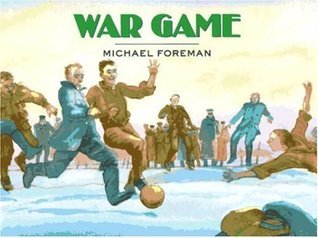
The Midnight Ride of Paul Revere
Book Description
A lone rider races against time, carrying a message that could ignite a revolution. As shadows stretch across the quiet streets of midnight, Paul Revere's fateful journey unfolds, fraught with danger, betrayal, and unwavering courage. The suspense builds with each galloping hoofbeat, as whispers of impending conflict threaten to shatter the stillness of the night. Friendships and loyalties are tested, and the fate of a nation hinges on one man's relentless determination. Can a single ride change the course of history? The answers lie in the darkness, waiting to be revealed.
Quick Book Summary
“The Midnight Ride of Paul Revere" by Henry Wadsworth Longfellow is a classic narrative poem that dramatizes the historic journey of Paul Revere on the eve of the American Revolution. As British troops move to advance on colonial leaders, Revere rides through the night to warn the colonists of their approach, setting the stage for the battles of Lexington and Concord. Longfellow’s poem captures the tension of a nation on the brink, emphasizing courage, patriotism, and the importance of individual action in shaping history. The poem brings alive the urgency and secrecy of Revere’s mission, making it accessible and inspiring for readers of all ages, while blending history with a sense of legendary heroism.
Summary of Key Ideas
Table of Contents
The Importance of Individual Courage in History
The narrative opens in the fading twilight of April 18, 1775, as the city sleeps, cloaked in a tense calm. Longfellow sets a suspenseful atmosphere, foreshadowing the clash to come in the dawning revolution. The poet introduces Paul Revere as an everyman thrust into extraordinary circumstances. His lone figure embodies the hopes and fears of an entire colony. Longfellow uses vivid imagery—shadows lengthening, silent streets, anxious silence—to accentuate the urgency of Revere’s mission. The mood is both solemn and electrifying, hinting at the historical weight about to unfold.
Patriotism and the Call to Action
Revere’s midnight journey represents both personal valor and the pivotal significance of his message. The ride is fraught with danger, as British patrols and possible betrayal lurk in the darkness. Longfellow emphasizes the bravery required to face these perils alone. As Revere races from town to town, his task is not merely to deliver a warning, but to ignite the passion and unity necessary for organized resistance. The galloping rhythm of the poem mirrors the frantic pace of the ride, lending an immediacy that draws readers into the suspense and risk of the mission.
The Power of Communication and Unity
Central to the poem is the theme of patriotism—the willingness to act selflessly for one’s country despite personal risk. The story elevates not just Revere, but the collective spirit of the colonial resistance. Longfellow’s depiction is designed to inspire a sense of national pride and duty; the scenes of citizens awakening to Revere’s call underscore the communal responsibility at the heart of the Revolution. The message is clear: one individual’s courage can rally an entire community, tipping the scales in crucial moments of history.
Legend Versus Historical Accuracy
Longfellow’s interpretation of Revere’s ride has blended legend and fact, sometimes prioritizing dramatic effect over historical accuracy. The poem makes Revere the sole hero, though in reality others participated in the midnight warning. This creative license transforms the event into an enduring symbol of American heroism and the power of folklore to shape collective memory. The poem’s lyrical style and evocative narrative have ensured its place in cultural consciousness, teaching new generations about the values underpinning the nation’s founding.
The Lasting Legacy of Heroic Deeds
The poem concludes with the lingering impact of Revere’s actions. As dawn breaks, the call to arms reverberates throughout the countryside, and the colonial towns stir to rising conflict. Longfellow leaves readers reflecting on the broader implications: how decisive, courageous acts can reverberate through history, altering destinies and inspiring future generations. “The Midnight Ride of Paul Revere” thus becomes more than a recounting of a single night—it serves as a tribute to the lasting legacy of bravery in the pursuit of freedom.
Download This Summary
Get a free PDF of this summary instantly — no email required.





